| I’m gonna have to update and recycle this post I wrote a couple of years ago… just because I like it and it still applies. October is probably one of my favorite months because of Halloween. It’s not that I love Halloween, or passing out candy, or dressing up as someone different than my usual self. I probably won’t even do any of those things. For me Halloween means that the entire month of October will be filled with scary, supernatural, other-worldly, horror movies. I’ve already watched Scream 4 three times; Abraham Lincoln:Vampire Hunter (good all American fun); Fresh (just another ‘let’s find a new way to torture and kill women’; 🙄); The House on Pine Street; Old; The Watcher; Ánimas; there was a marathon of the Final Destination movies - I watched the first 3 one right after the other, but I guess you could say that that was ‘overkill’; You Might Be the Killer; Dracula with Bela Lugosi; to name a few. My husband agrees to watch one horror movie a year with me on Halloween - so we watched the original Halloween (1978) then he retired to his ‘den’ and I continued to watch Halloween Kills (2021) and Halloween Ends (2022). |
I get chills when I hear Tchaikovsky’s Swan Lake, which was played during the opening credits of the 1931 version of Dracula and I find it calming to hear the screams of people in a haunted house. I don’t particularly like bloody, gory, torture movies unless they are campy, like You Might be the Killer or Scream (1, 2, 3, 4, AND 5!). Movies that I’ve seen so many times that I know when to look away.
Why am I so attracted to it? My husband hates horror movies. However, when I went back home to see my brother and sister, I found out that, yes, my brother had seen all the Final Destination movies too. And my sister was a fan, as well. I had to go back to my roots, where it all began. I remember my parents taking the family to see a movie when I was about 4. It was a movie directed by William Castle, king of the B-horror movie and gimmicky stunts at the premieres of his movies. He would have nurses present in the lobby or mock insurance policies guaranteeing $1000 in compensation in case you died of fright during the movie! He had a few movies that premiered in my hometown of Youngstown, Ohio. And in 1959, the Faras family made their way to the Newport Theater to see The Tingler. That movie scared the crap out of me and I couldn’t sleep that night. My mother wanted me to go to bed and told me that it was just a man inside a tingler costume. She didn’t think that through because that freaked me out even more. The Tingler was only about a foot and a half long (it really looked like a giant centipede) and it creeped me out thinking that a man was inside there. My sister being 8 years older than me calmed my fears by telling me it was just a robot. After watching this movie about 30 more times since then I am more aware of the string used to pull the rubber Tingler across the room. Another highlight of that movie was the scene where Vincent Price is trying to find a way to scare himself and uses LSD for the purpose. Love the scene where he is sitting in his chair reading a book whose title is “FRIGHT EFFECTS INDUCED BY INJECTION OF LYSERGIC ACID LSD25” - for sure a precursor to the 60’s and 70’s.
My youth was spent watching movies like The Blob, Creature From the Black Lagoon, any movie by Roger Corman with Vincent Price, The Haunting, The House on the Haunted Hill... Maybe that and growing up in a very ethnic household, where my grandmother read tea leaves and my mother had icons and alters, burned incense, rubbed holy water/oil on our foreheads, and wore amulets to protect from the evil eye, led to my otherworldly interest. I was always intrigued by ghosts and the supernatural. I had Kreskin’s ESP game and a Ouija board. There was always a seance at a slumber part and everyone at one time or another, went to a psychic. When I was in 8th grade, our science teacher let anyone who wanted to, teach a lesson on a scientific subject. I chose the Psychic Sciences.
I like being able to see beyond what is in front of my face, trying to figure out how this world is put together. In addition to the horror genre from my youth, I also find quantum physics, parallel worlds, other dimensions... all fit into this idea. The way I figure it out is through my art, transferring the feeling of otherworldliness into metal and enameling. I’ve completed making my interpretation of a set of the 22 Major Arcana cards from the Tarot. And of course learned to read them along the way! I’m now moving into my geometry series featuring The Chengellian Woman.
Leave a comment about your favorite scary movies or experiences from your youth.
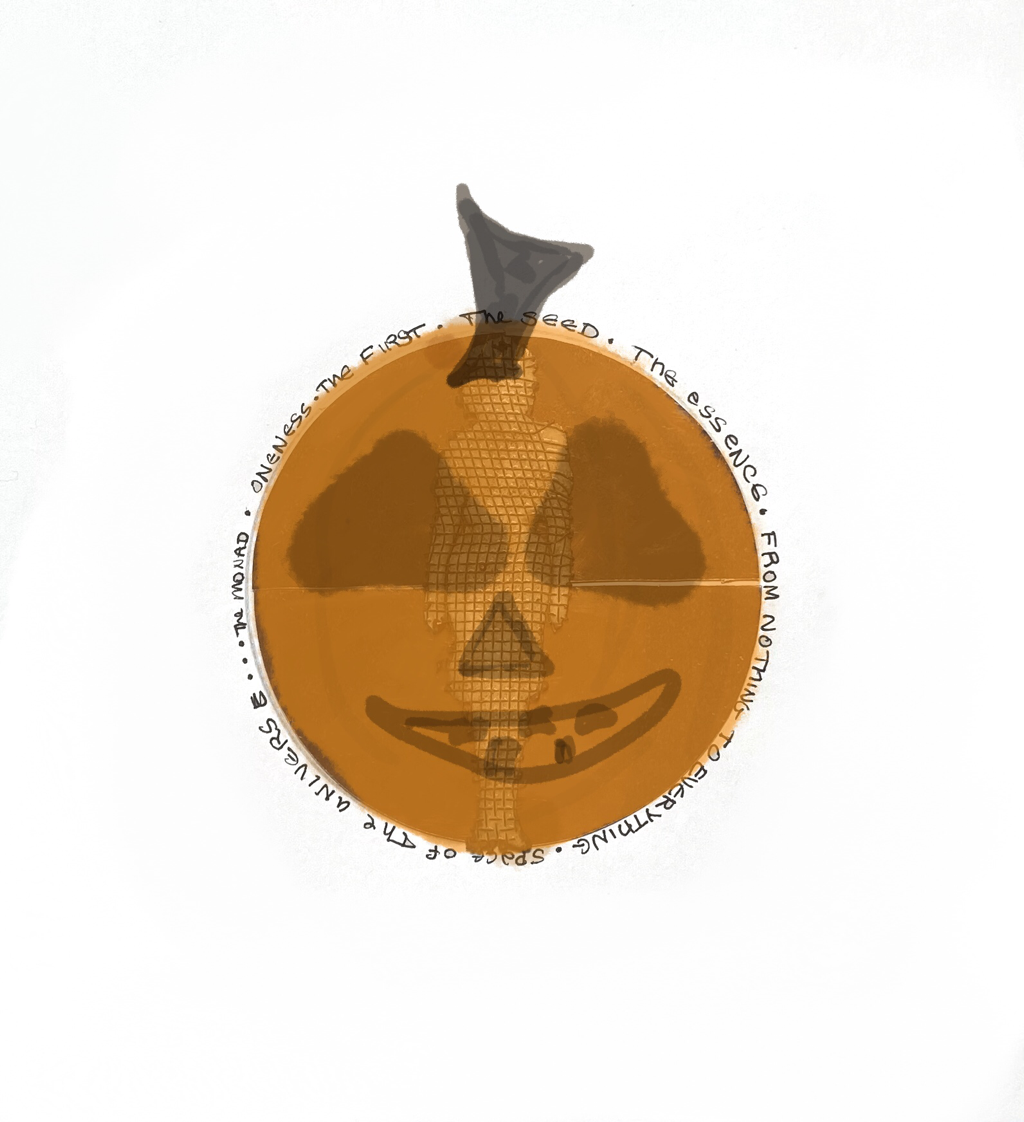
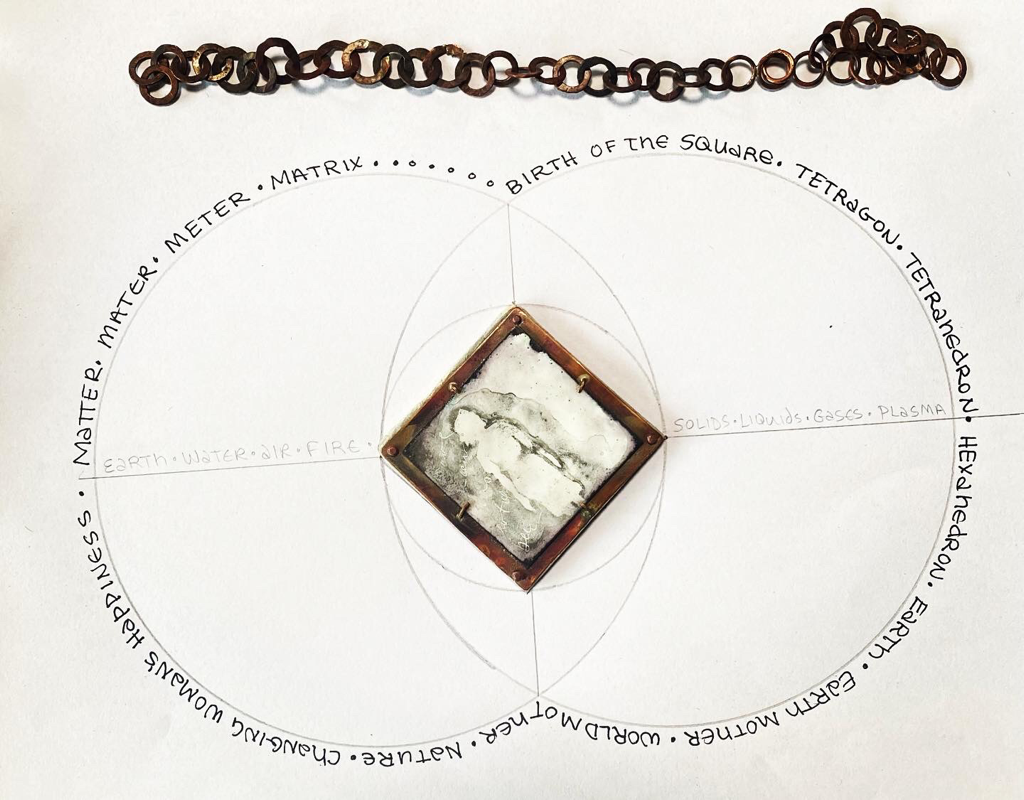
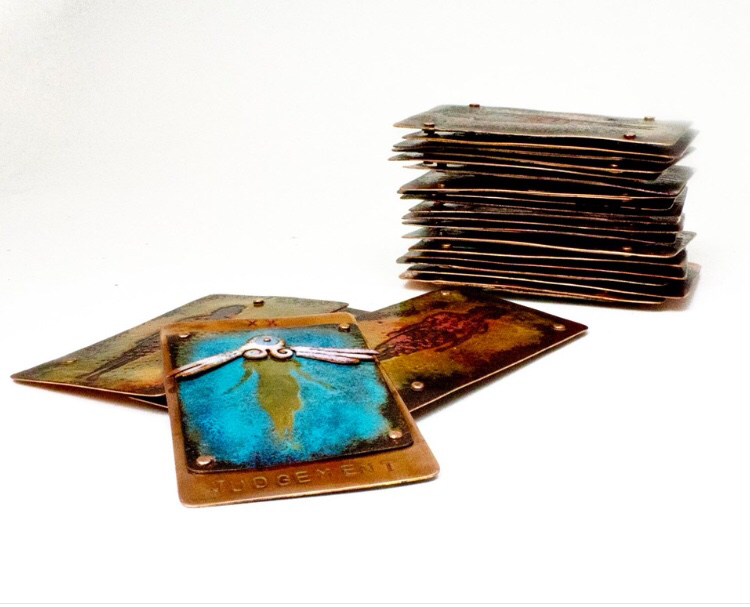
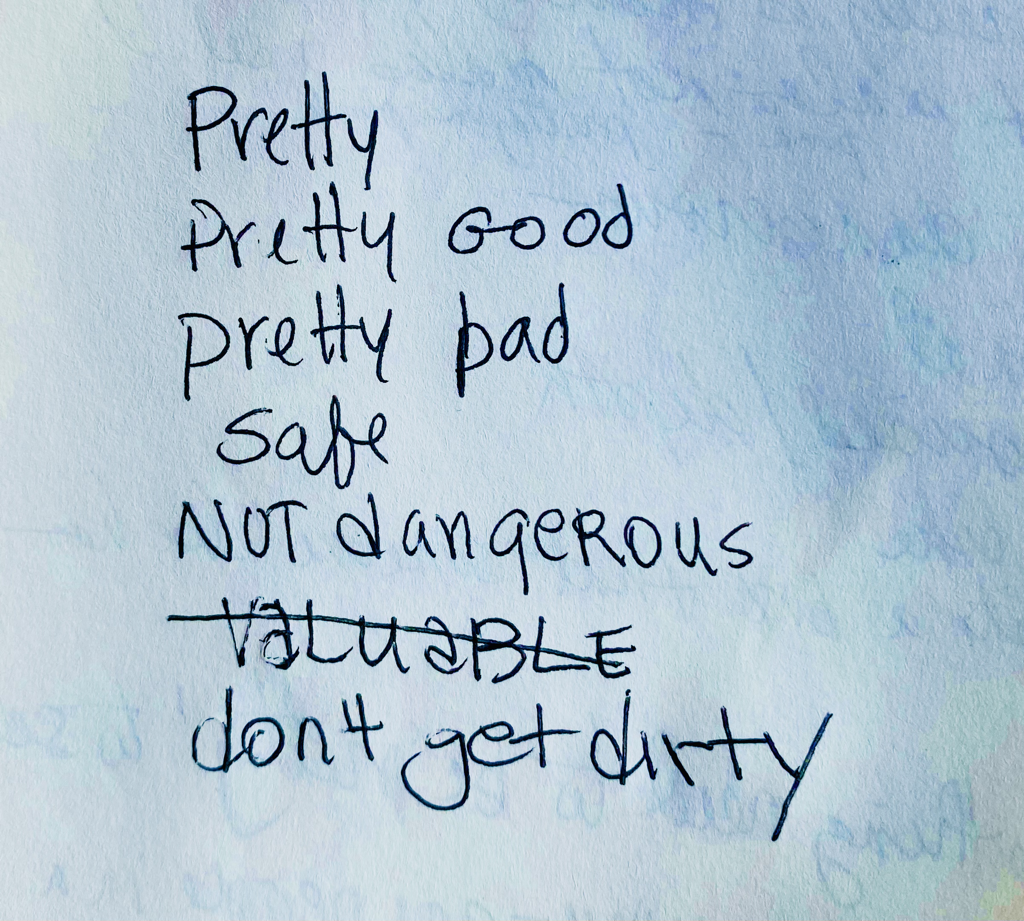
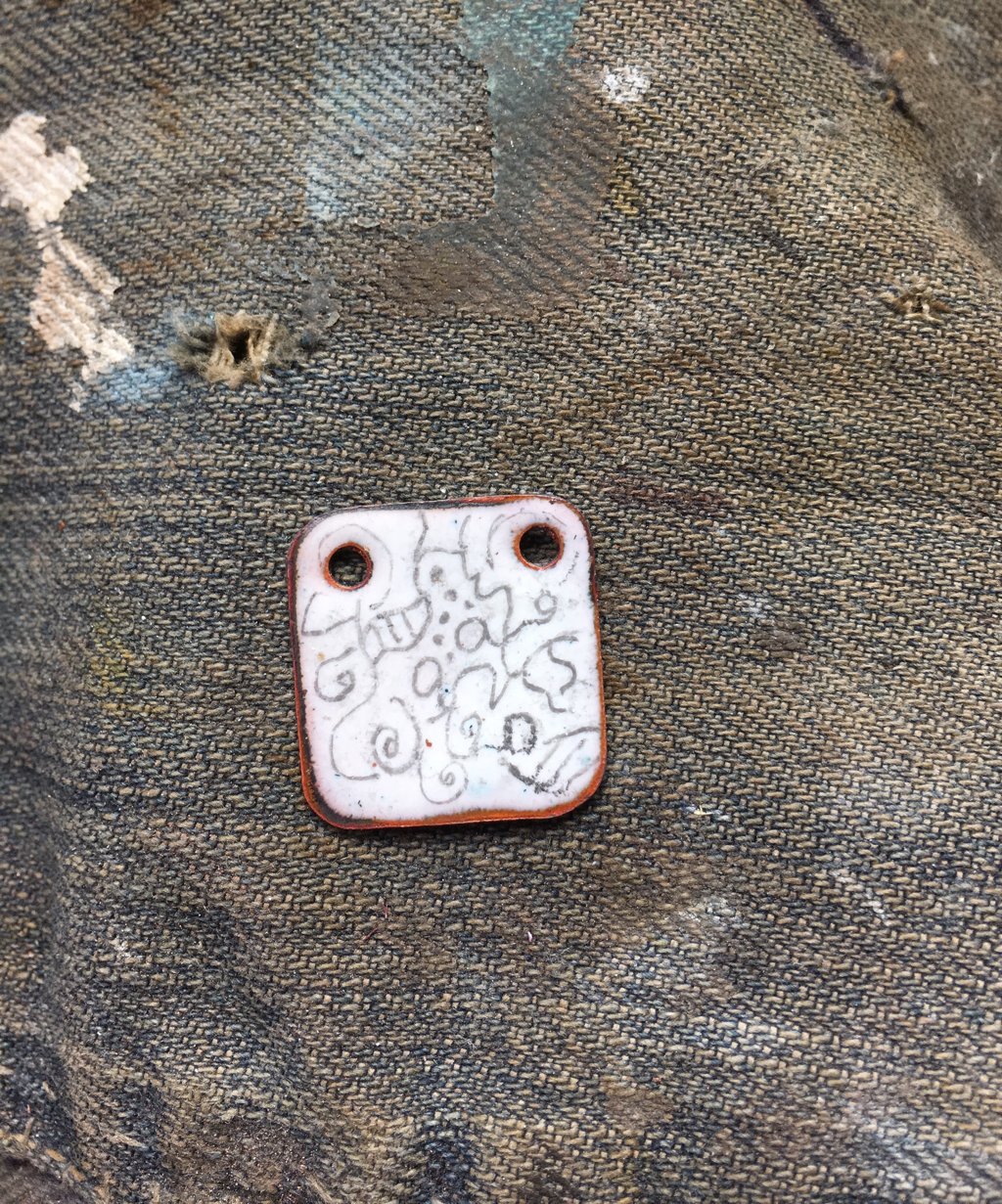
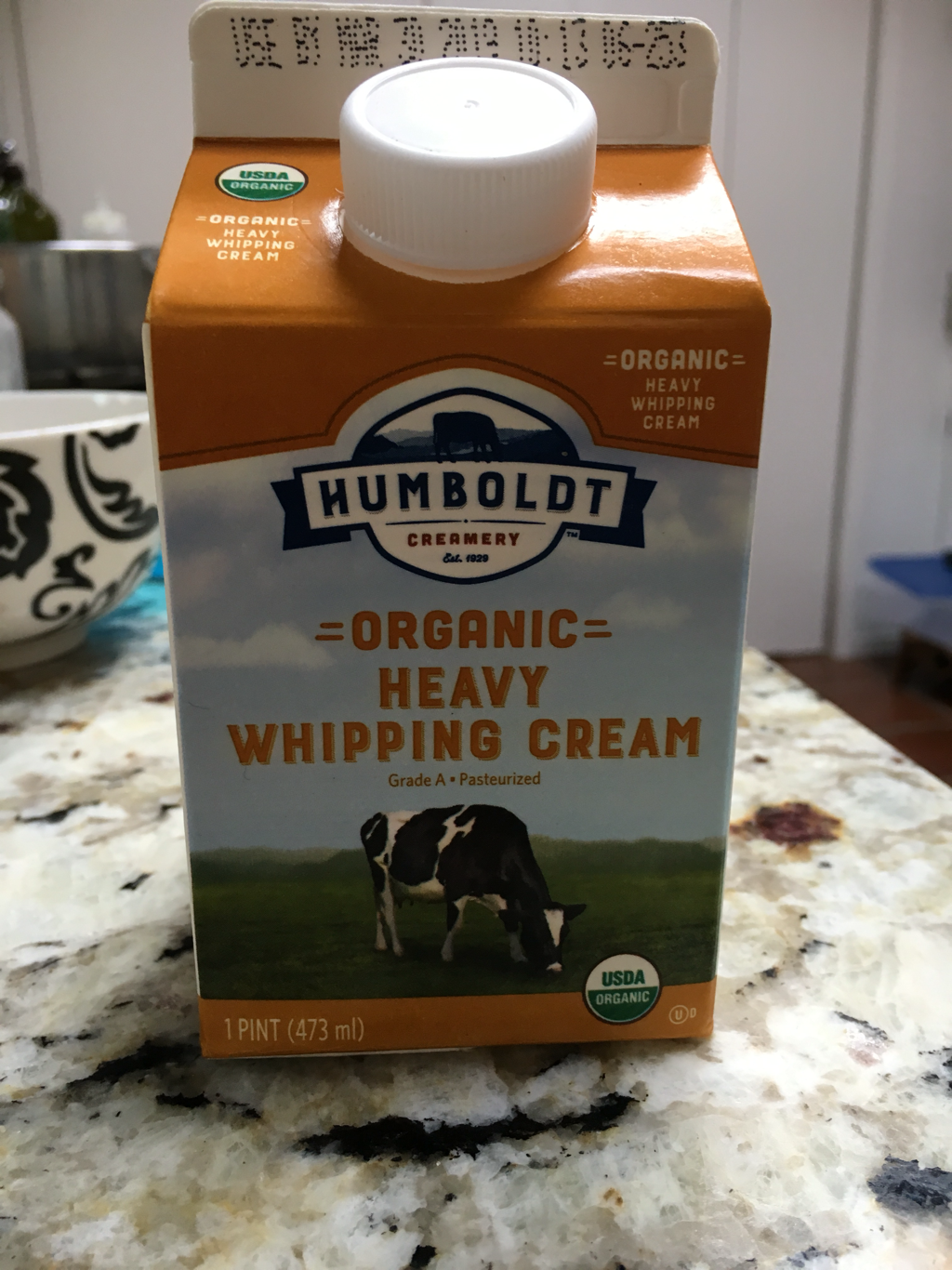
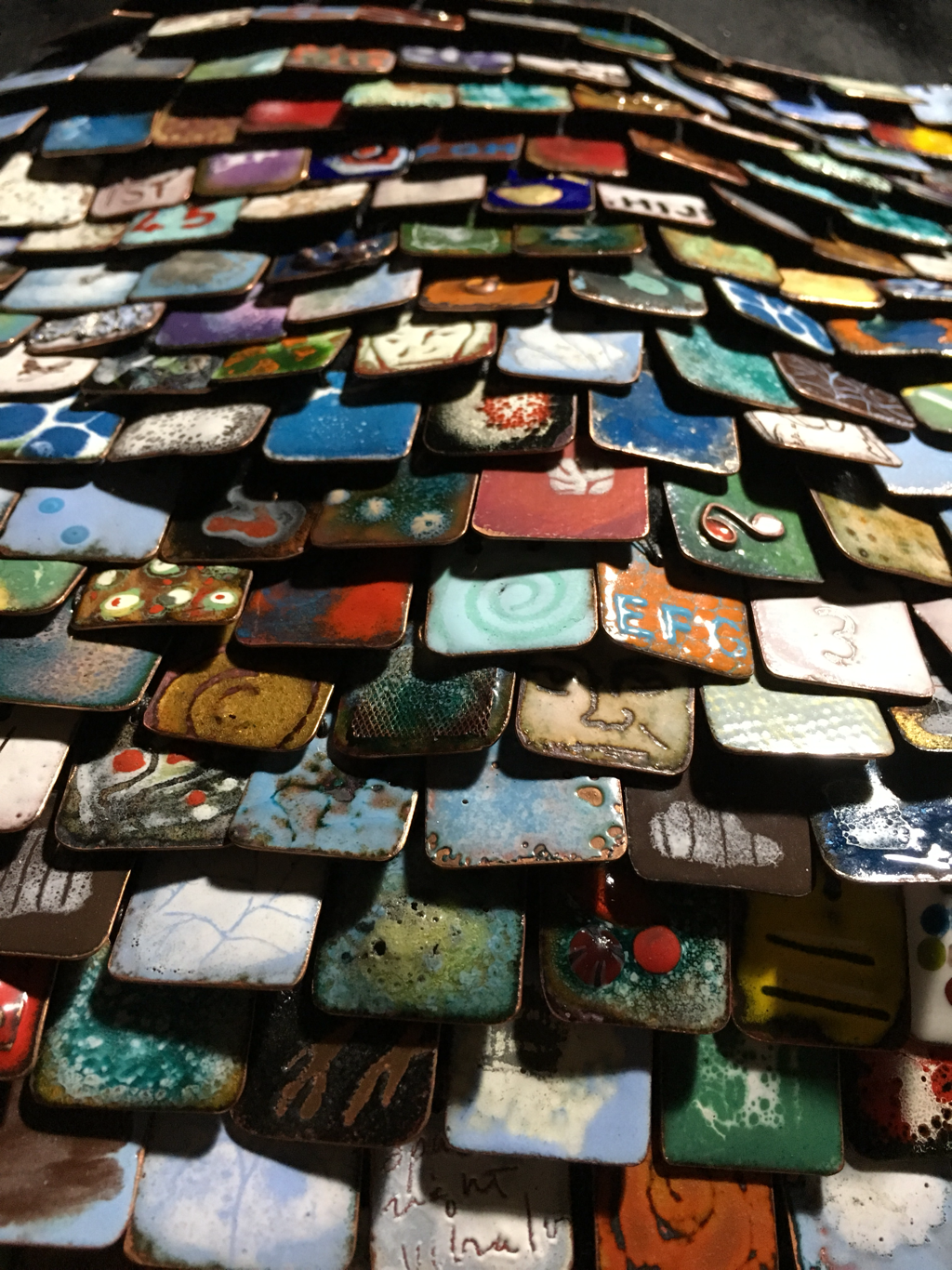

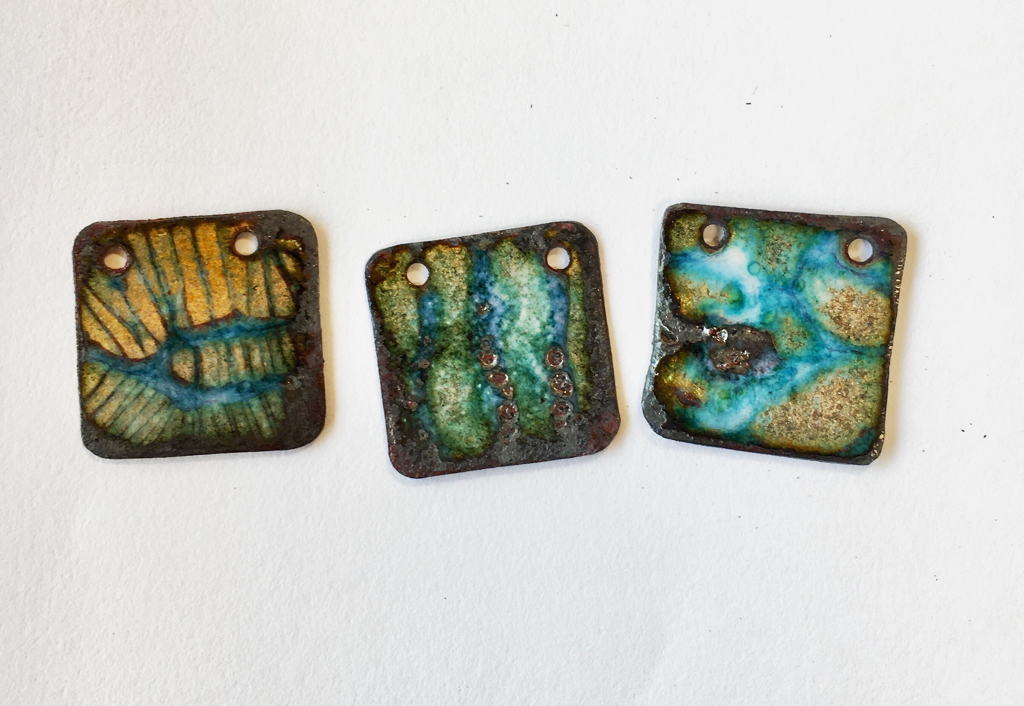
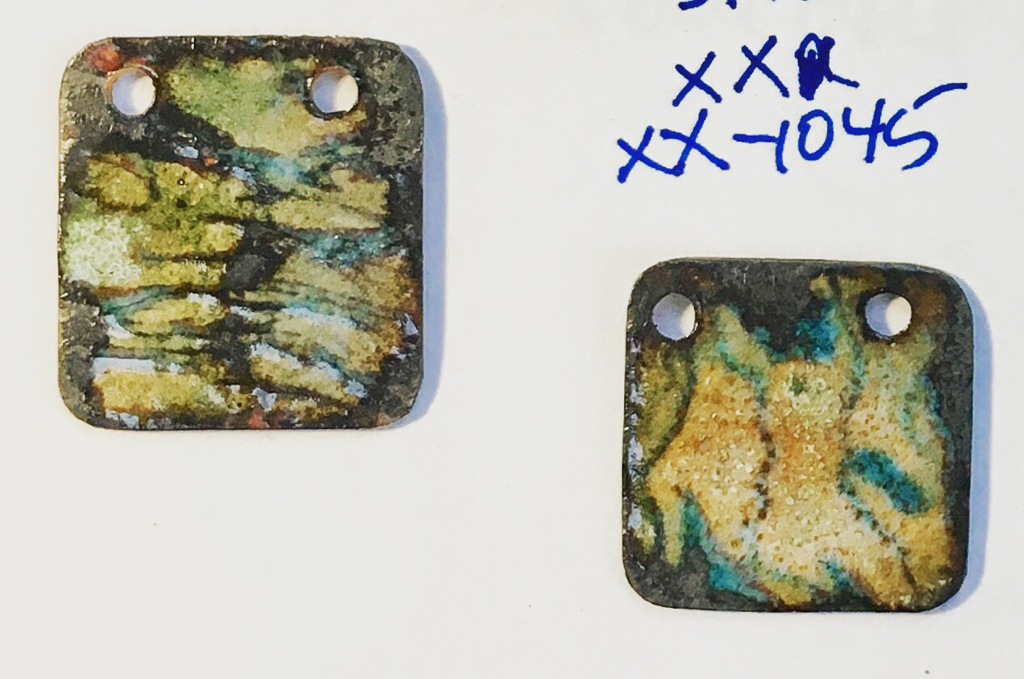
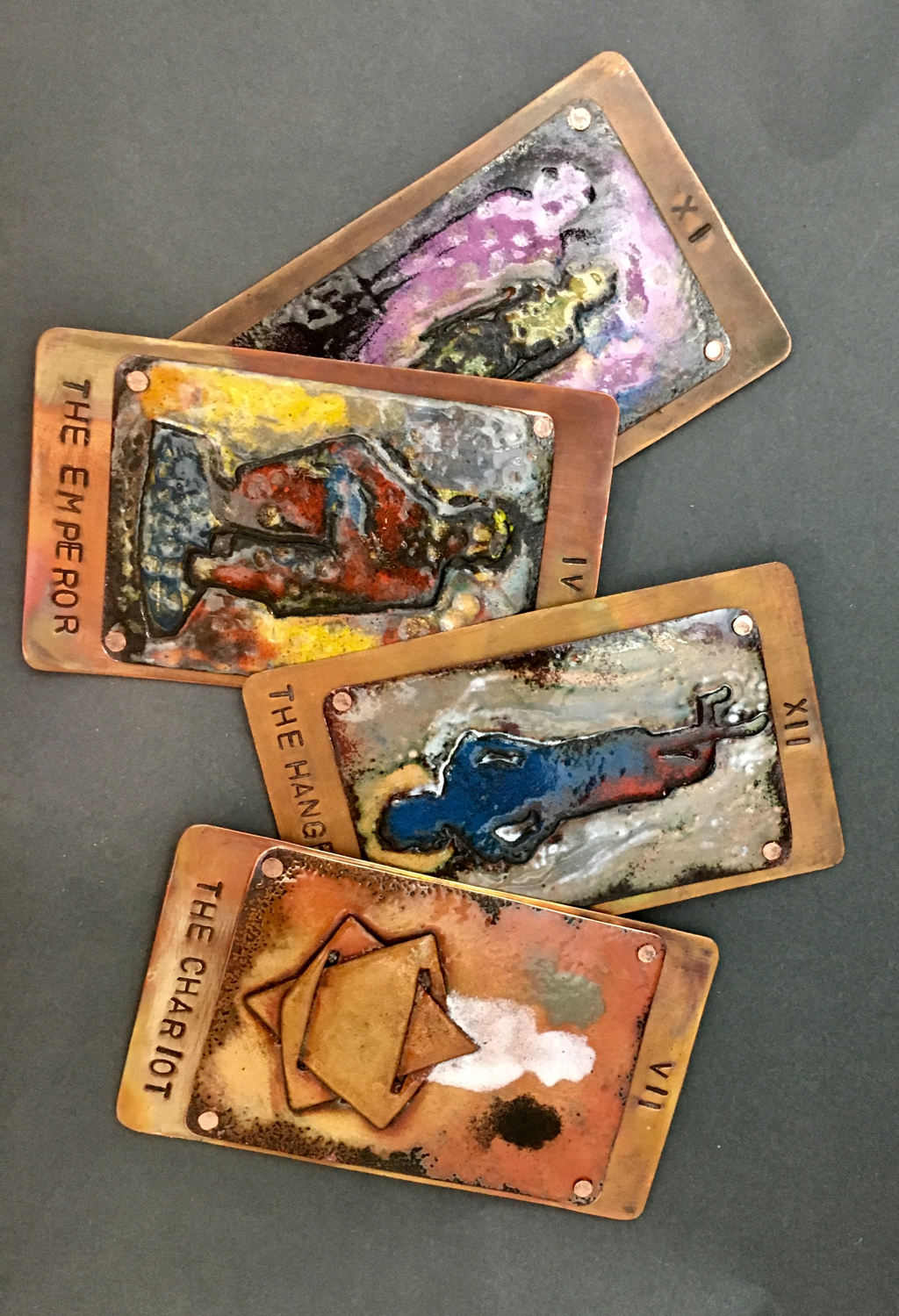
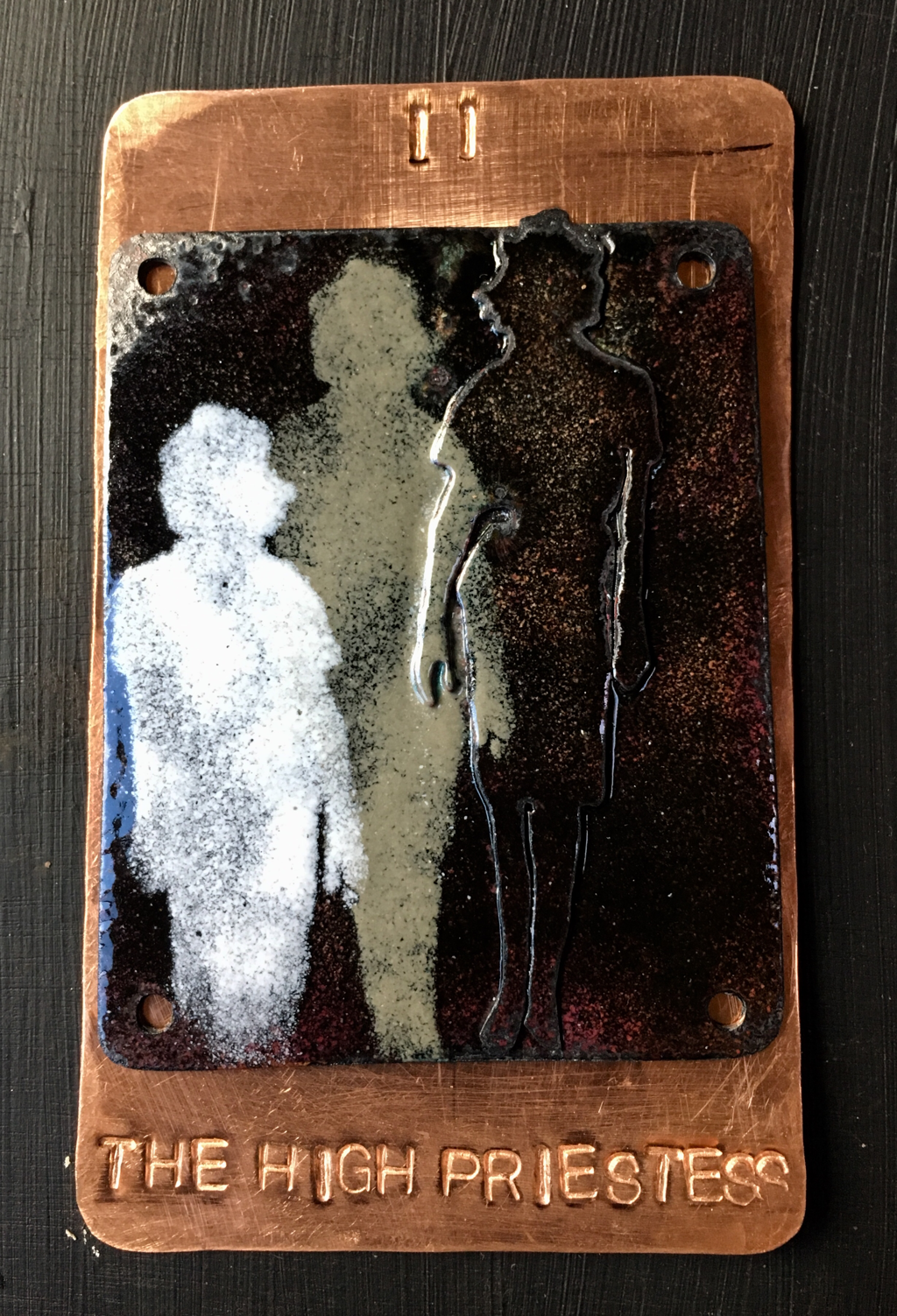
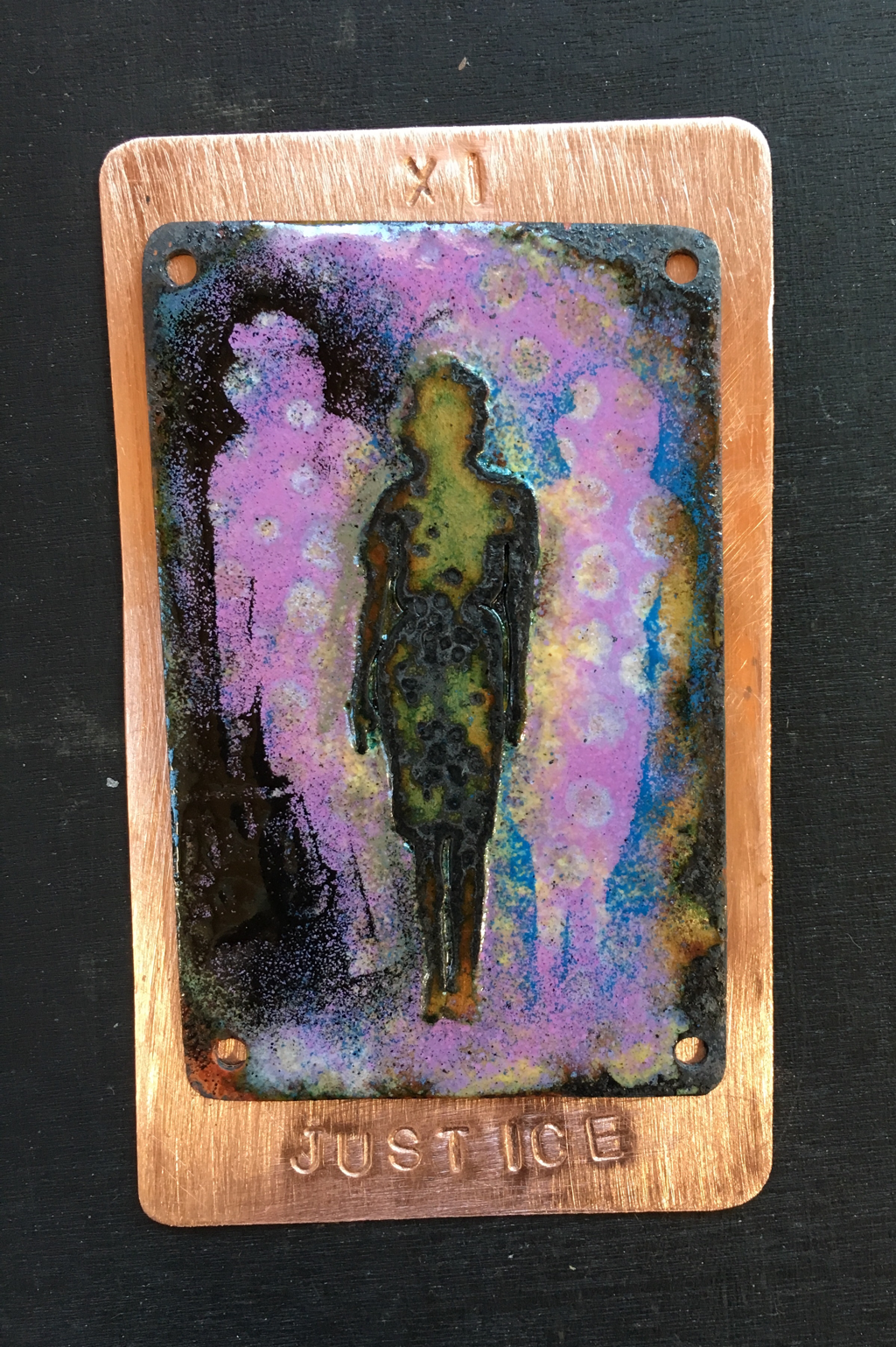
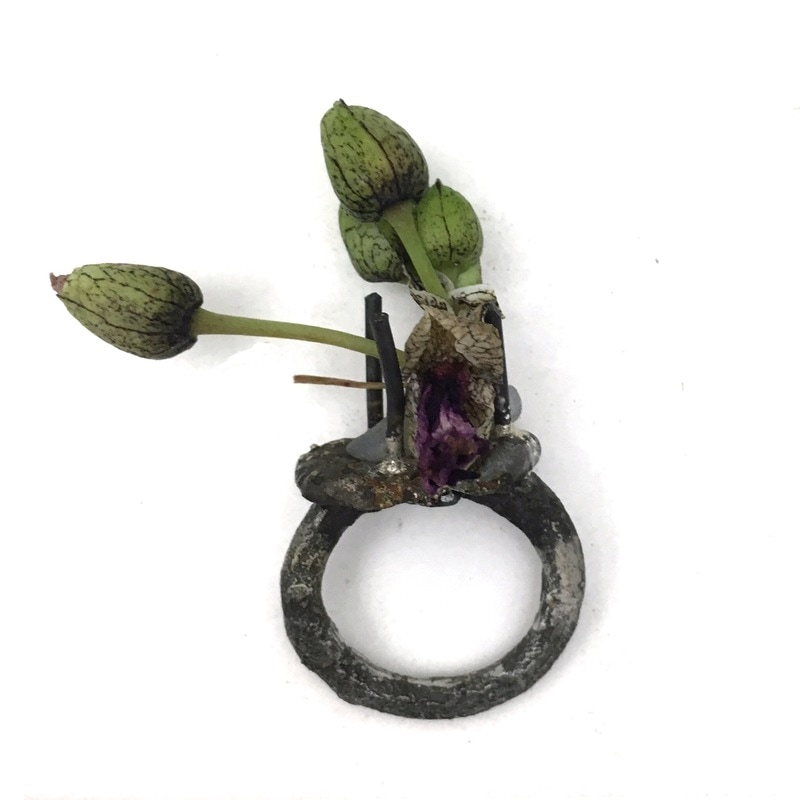
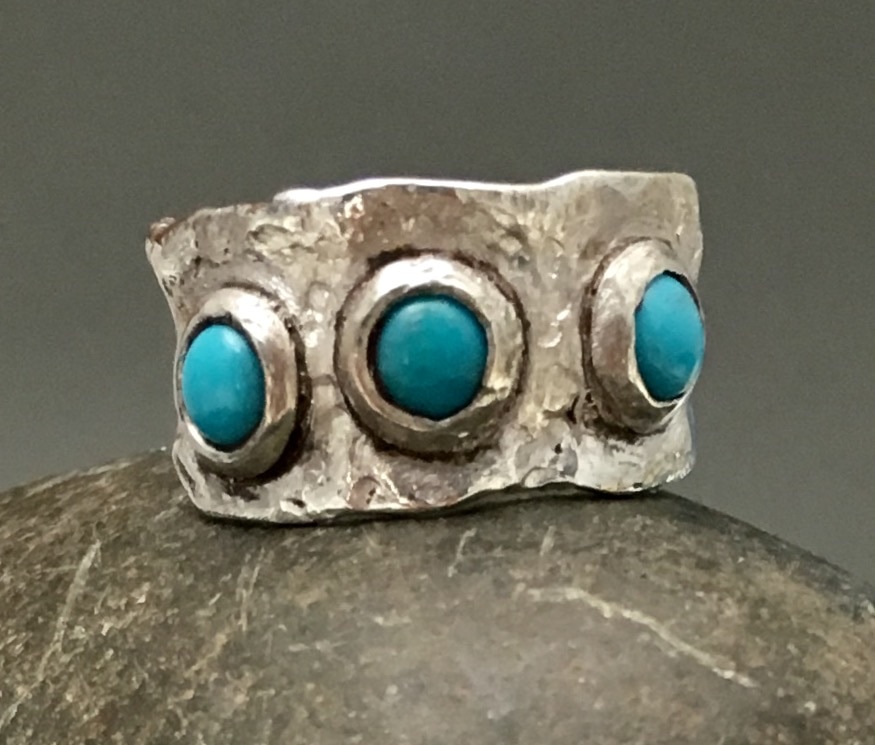
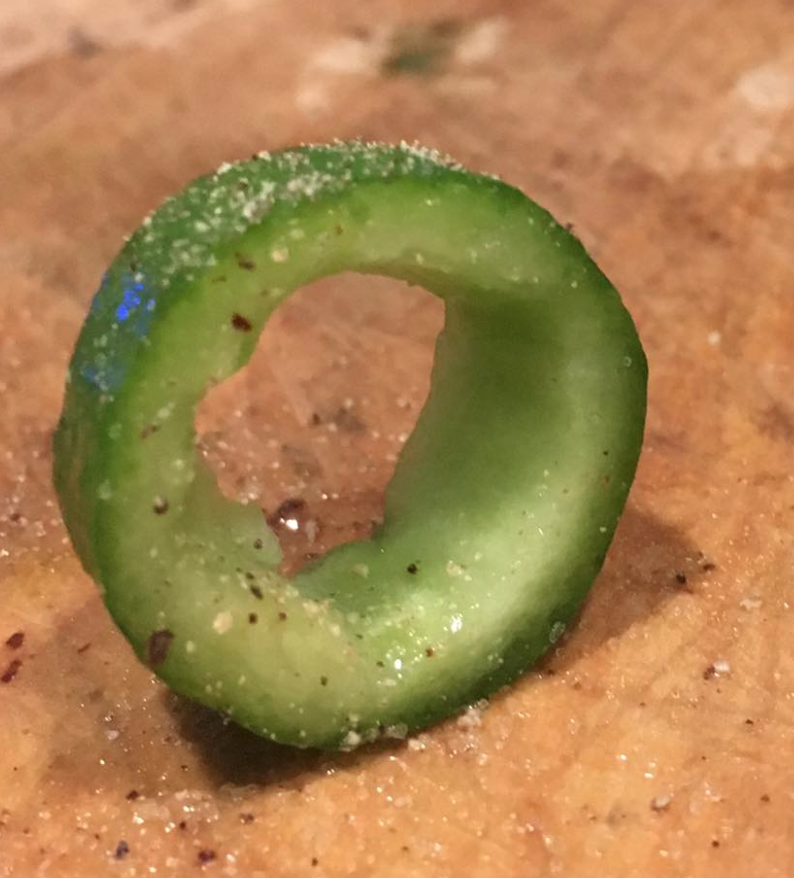
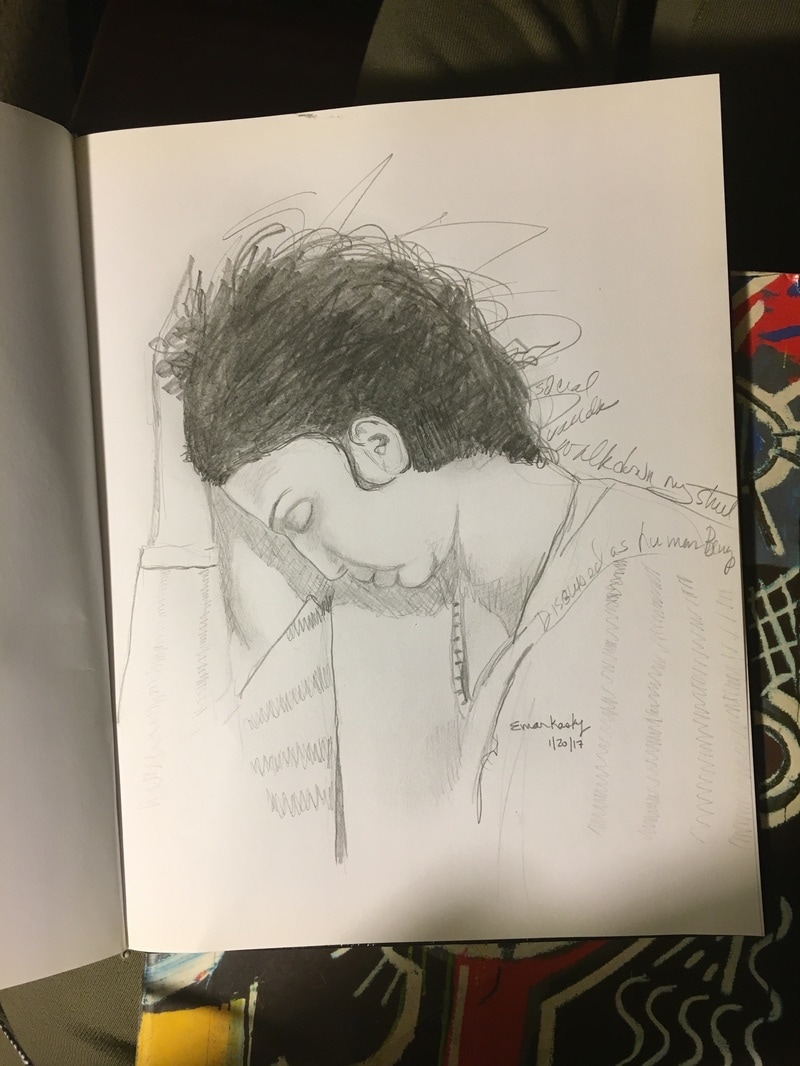
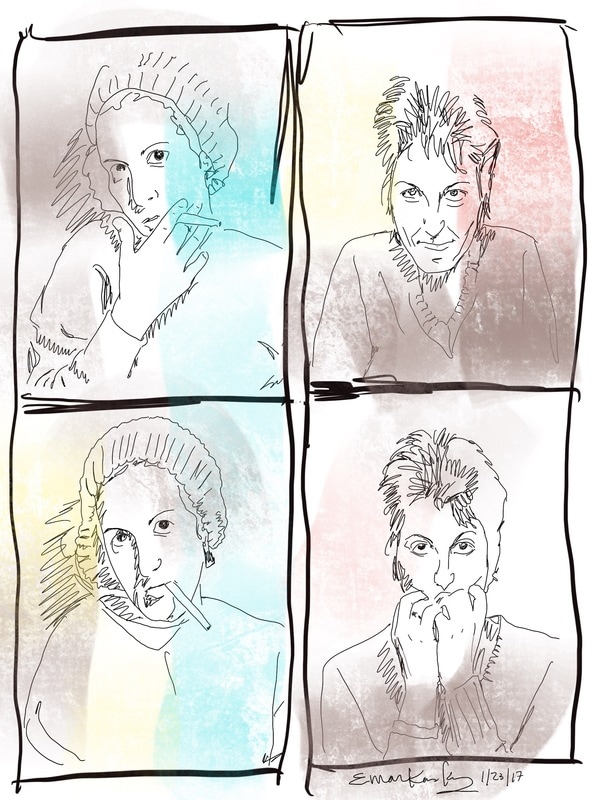
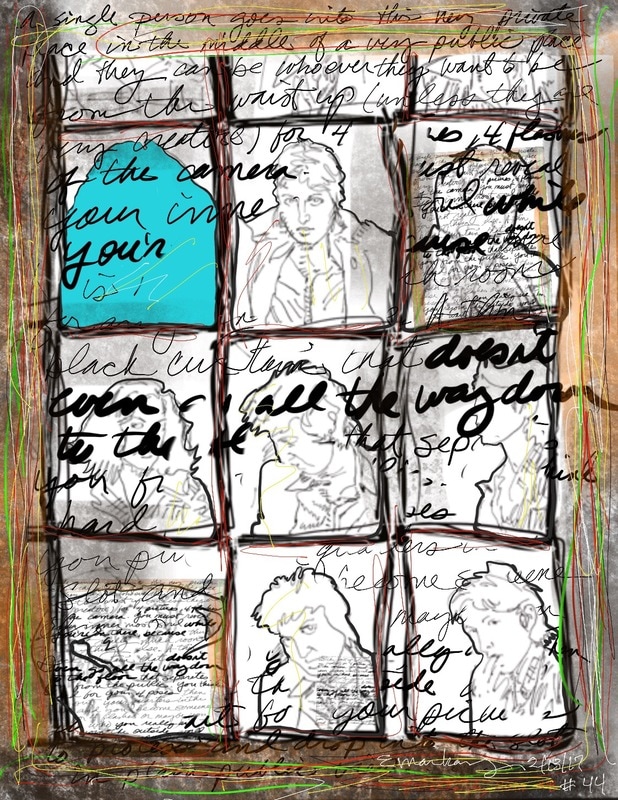
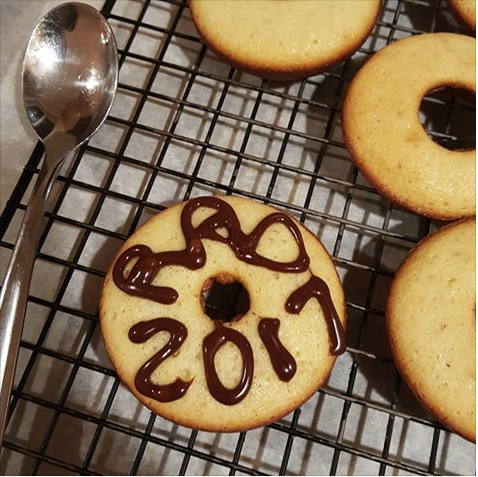
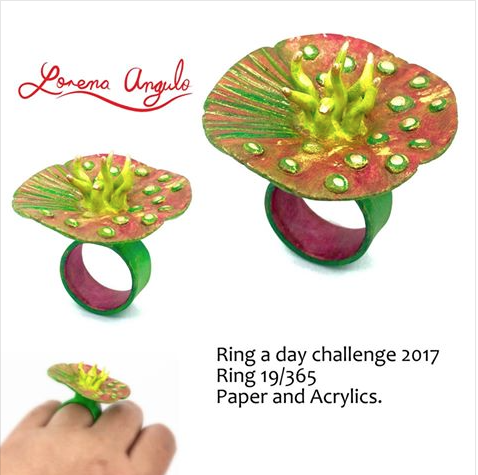
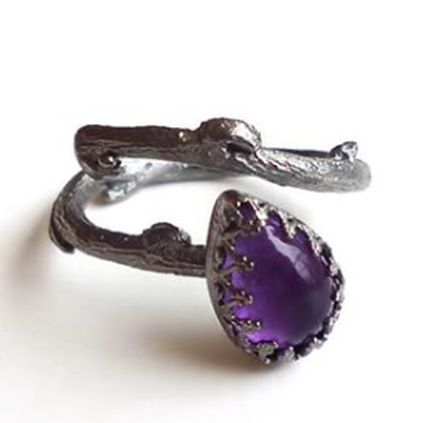
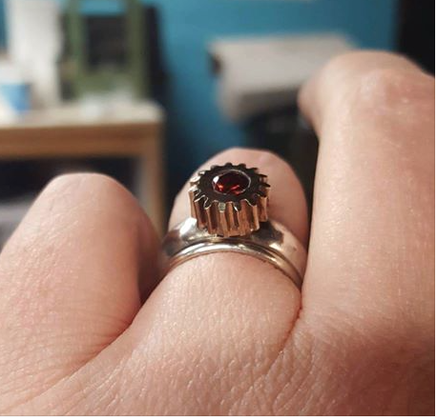
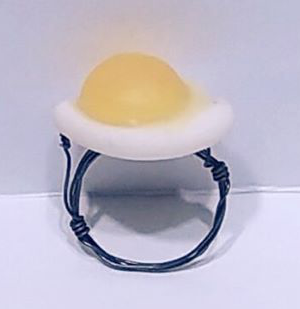
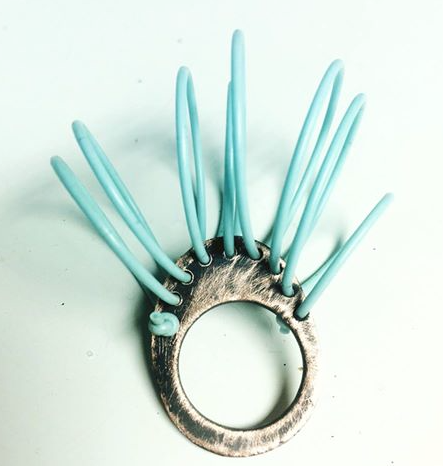

 RSS Feed
RSS Feed
